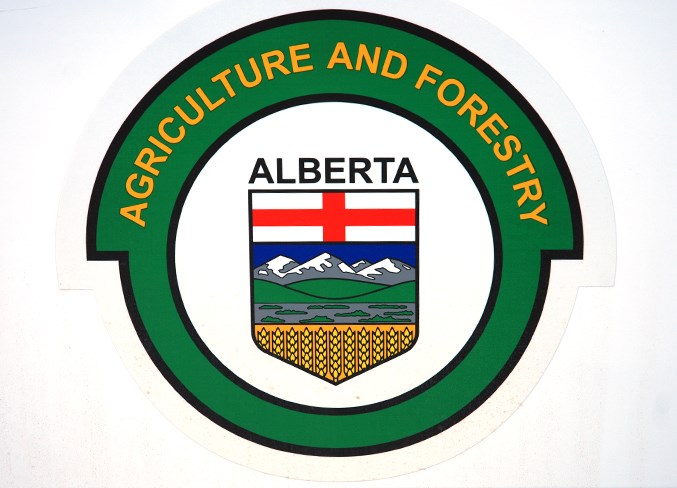Probably the last thing on people’s minds as they continue to trudge through extreme cold and enduring snow is the start of the fire season.
But provincial officials are reminding Albertans that wildfire season is officially upon us, having started on Friday, March 1.
“Seems like it’s a long ways away with all the snow and cold,” said Sundre’s fire Chief Marty Butts about the wildfire season, which used to start in April until progressively drier conditions earlier in the spring prompted the change several years ago.
“Mother Nature can change in a minute’s notice. We’re geared up to take what comes and see what Mother Natures actually gives us,” said Butts, adding the fire department is preparing for a dry season.
“That seems to be the talk for 2019, is it’s going to be fairly dry,” he said.
“We’ll have to see how that plays out and deal with it as it rolls out.”
With the start of the fire season, Sundre’s chief reminds rural residents who are planning controlled burns to ensure they have their permits lined up. Any properties located west of Rge. Rd. 60 fall into a forestry protection green zone and require not only approval from Mountain View County but also from the Alberta Agriculture and Forestry department’s Rocky Mountain House office, he said.
“A lot of people are confused,” he said, adding there is often an erroneous assumption from property owners further west of Sundre that a controlled burn permit from the county is sufficient.
“Be aware of the permit requirement.”
Having permits in place helps to reduce the number of nuisance calls. The fire department is informed through electronic correspondence when a property owner is issued a permit, so firefighters are aware of the intended controlled burn in the event neighbours or other passersby report smoke or fire. That results in being able to avoid needlessly drawing out resources on what amounts to false alarms, he said.
Along with ensuring proper paperwork is in place, the chief also advises property owners that they are fully responsible for ensuring the safety of their own controlled burns.
“If you’re doing one, you’re responsible for that,” he said.
“That means you can’t just light it and then head to town for your coffee or to run errands. You got to be there to monitor it until it’s completely out.”
There has been past instances, the chief said, where some people lit a controlled burn and assumed that as the blaze started dying down that the fire would eventually just go out on its own and so ended up leaving. But in their absence, all it takes is a sudden wind to not only bring the fire back but even spread it further out into what could easily become a wildfire, he said.
“There’s a chance of it getting away,” he said.
“Don’t leave a controlled burn unsupervised.”
If a controlled burn was to get out of hand and ended up damaging or even destroying any neighbouring properties that required mobilizing a response including water bombers, the responsible landowner could potentially be held liable, especially depending on how serious the situation was, he said.
“The bill from forestry could be pretty hefty, you don’t want that — planes and choppers, they don’t come cheap,” he said.
“When you sign a permit application, you agree to monitor the fire until it’s completely out.”



